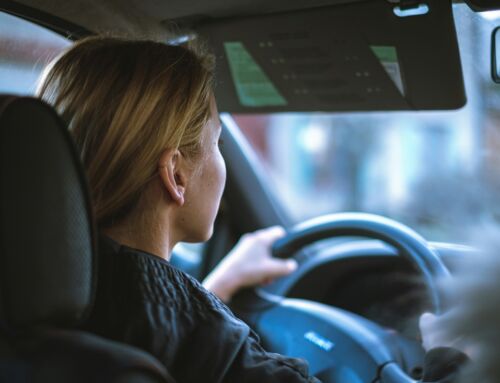With the rise of smartphones, ridesharing apps like Uber and Lyft have taken the world by storm. Many people use Uber and Lyft to get to places everyday and many people also work as Uber and Lyft drivers for income as well. But what happens if you’re in an Uber/Lyft and an auto accident happens? Whose car insurance would apply then?
For the most part, personal auto policies exclude injuries that occur through the use of the insured’s vehicle to carry people or property for a fee. If you cause an accident while driving for work, your personal policy would not cover the liability for the accident. In the case of Maxwell v. James River Ins Co, 401 F.Supp.3d 1183 (D. Col. 2011), the car insurance policy excluded coverage for injuries that were sustained during the “period of time your covered auto is being used by any insured who is logged into a transportation network platform as a driver, whether or not a passenger is occupying the vehicle.” The federal court enforced this commercial ridesharing exclusion and held that the insured’s personal auto insurance policy did not cover accidents that occurred while she was driving her own car for Uber. So for drivers that work for ridesharing apps, their coverage depends on whether they are logged into the application and car insurance ridesharing exclusions may vary from state to state.
However, even if that person’s auto policy would exclude coverage in a situation, companies like Uber and Lyft may still have coverage for the person while driving for these respective companies. They may potential provide liability coverage (and in the rare occasion uninsured motorist benefits) for their drivers. The types of auto insurance coverage and limitations may vary so always check beforehand. Because it can be difficult to determine when the personal policy or commercial policy applies, the National Association of Insurance Commissioners (NAIC) created time periods as a guide for liability. The following time periods are:
Period 0: The driver is using his or her own personal vehicle and the app is not turned on or enabled.
Period 1: The driver has enabled the app but has not yet accepted a ride request.
Period 2: The driver has accepted a ride request via the app and is in transit to the passenger.
Period 3: The passenger is in the driver’s vehicle, en route to the destination.
During Period 1 when the driver has the app on but hasn’t accepted any rides yet, then Uber will provide limited commercial coverage. When the driver is going to pick up a passenger or the passenger is in the vehicle and the driver is going to the destination, then they will provide full coverage. This sounds easy to follow on paper, but there can be grey areas on what period of time the driver is in. There are many variables that can affect whose insurance applies but ultimately the main thing is whether the app is open and whether a ride request has been accepted by the driver.





